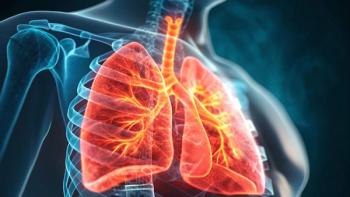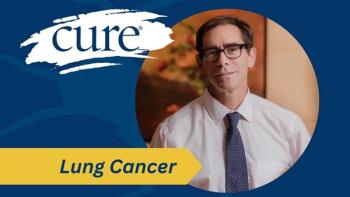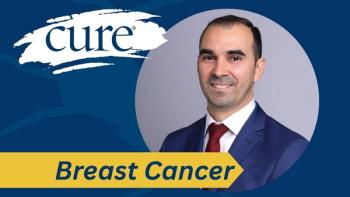
Social and Economic Barriers May Affect Outcomes in Blood Cancers
Patients in rural or underserved areas may have worse outcomes, highlighting the need for early support to address care access barriers.
Patients with the rare blood cancer, Waldenstrom macroglobulinemia (WM), who are living in rural or socioeconomically deprived areas may experience worse outcomes, according to Alisha Kimble, senior outcomes researcher at Ontada.
In her study, a multivariate analysis showed that the Area Deprivation Index — which accounts for a patient’s zip code — was linked to differences in outcomes. Patients in more deprived areas had poorer results compared to those in less deprived areas.
Kimble emphasized that early recognition of social challenges, like transportation barriers or lack of nearby care, can help providers offer more targeted support beyond clinical care. Identifying these barriers upfront may help ensure patients receive timely follow-up, maintain continuity of care and get the treatment they need to improve quality of life.
Transcript
Could you explain how certain social and economic factors affected outcomes in your study, and what can patients do if they're concerned about these barriers?
Yes, so we did a multivariate analysis, which assesses the association between patient characteristics and outcomes. One of the factors we identified was the Area Deprivation Index. This was based on a patient’s zip code and where they lived, and we found that patients in more deprived or rural areas had worse outcomes compared to those living in less deprived areas.
I think this really comes down to spreading knowledge and awareness — especially for patients living in rural areas. If providers are able to identify that early, maybe even based on what the patient shares about where they live, they can respond accordingly. These patients may already be facing food deserts, transportation issues, or trouble accessing care. If providers are aware of those challenges at the initial appointments, they may be able to offer more targeted support — even beyond clinical care — to help make sure patients return for follow-up and get the care they need.
Transcript has been edited for clarity and conciseness
For more news on cancer updates, research and education,




